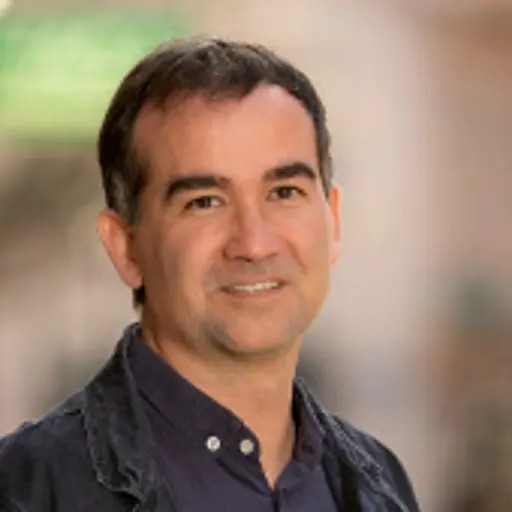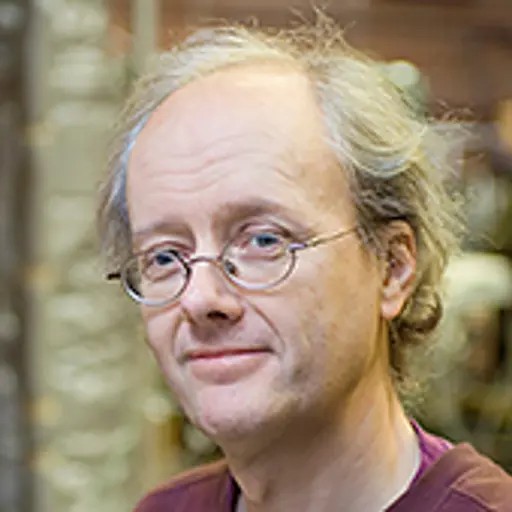
Fluidized bed technology
About the project
Fluidized bed technology has become recognized as a clean and efficient choice for large-scale combustion and gasification of solid fuels (in particular biomass). Since the 1980’s, the division of Energy Technology has carried out extensive research within the fields of fluidization as applied to combustion and gasification of solid fuels, including CO2 capture technologies. The following processes are investigated: fluidized bed boilers, indirect gasification, chemical looping combustion and oxyfuel combustion for CO2 capture.
Our research aims at enhancing the knowledge of the phenomena that govern the mixing as well as the combustion and gasification in the above-cited processes. Examples of such phenomena are solids mixing, gas-solids contact, fuel conversion kinetics and heat transfer. Both experimental work and modeling are used in our research.
Our experimental facilities range from lab-scale units up to the Chalmers 12 MW CFB boiler and 4 MW indirect gasifier. The research within fluidization technology is closely connected/related to other areas of research conducted at the division, namely: gasification of biomass, chemical looping combustion, and oxy fuel combustion.
Project manager: Filip Johnsson
All project members: Filip Johnsson, Bo Leckner, David Pallarès, Erik Sette, Louise Axelsson, Anton Larsson, Henrik Thunman, Martin Seemann, Fredrik Lind, Sadegh Seddighi, Jesper Aronsson, Pontus Markström, Patrick Moldenhauer, Anders Lyngfelt
External partners: Metso Power, Foster Wheeler, utility companies.
Funding: Swedish Energy Agency, EU framework projects and boiler manufacturers such as Metso Power.
Chalmers Area of Advance: Energy
Your contact for information
- Professor, Energy Technology, Space, Earth and Environment
Biomass gasification project
About the project
The gasification project is closely connected to the Chalmers 2-4 MW biomass gasifier, commissioned in 2007, and has since then been successfully run every winter season for approximately 2000 h/yr, whereof 500 h/yr with fuel. A large scope of activities has been covered within this project, where the collaboration between Akademiska Hus, Chalmers, Göteborg Energi and Metso together with strategic funding via Chalmers Energy Initiative (CEI) and E.ON are the core. In parallel, a competence center in the area of indirect gasification of biomass (CIGB) was started in 2011 with equal funding from Academy, Industry and Swedish Energy Agency and is now operating at full-speed. The competence centre was discontinued in 2021 and the research at the gasifier is now focused on recycling.
Focus in our group has been to exploit the operational possibilities offered by the existing setup, to close heat and mass balances in the gasifier, to investigate fuel particles transport and the effect of using an oxygen carrying material in the gasifier/boiler loop. Further, the possibility to use the chemical-looping reforming concept to reform tars has been assessed. In all these areas, successful experiments were performed and the knowledge level of the gasification process has been significantly raised.
Combustion and Carbon Capture Technologies
About the Research Group
The research group is active within the field of combustion and carbon capture technology for power and industrial application. The research includes areas such as heat transfer and radiation in furnaces, combustion chemistry and emission formation, technologies for emission control, as well as process simulations for process and heat integration. The overall aim of the research group is to develop technologies for efficient and clean combustion processes.
The group has since the beginning of the 21st century carried out extensive research for development of the so called oxy-fuel combustion process that enables an easy capture of CO2, for later storage, a so called CCS technology. This is seen as one of the main options for CCS from the power and industrial sectors. Today, the group is also involved in research on technologies that capture carbon dioxide directly from a flue gas stream, so called post-combustion CO2 capture. Besides the CCS technologies the group also works on methods for controlling NOx and SOx emissions from combustion processes.
Research group - NOx and SOx Emissions
Forskargruppen - Radiation and Heat Transfer
Project members
Equipment and methods
Novel combustion principle with inherent capture of CO2 using combined manganese oxides that release oxygen (NOCO2)
About the programme
Conventional CO2 capture processes have significant cost and energy penalties associated with gas separation. Chemical-looping combustion (CLC), an entirely new combustion principle avoids this difficulty by inherent CO2 capture, using metal oxides for oxygen transfer from air to fuel. The process has been demonstrated in small scale with gaseous fuels. However, with solid fuels it would be difficult to reach high fuel conversion, with the oxygen-carrier materials used so far. But a new type of combined oxides based on manganese has the ability not only to react with gaseous fuel, but also to release gaseous oxygen, which would fundamentally change the concept. The programme would provide 1) new oxygen-carrier materials with unique properties that would make this low-cost/high-efficiency option of CO2 capture possible, 2) cold-flow model investigation of suitable reactor system configurations and components, 3) a demonstration of this new combustion technology at the pilot plant level, 4) a model of the process comprising a full understanding, including kinetics, equilibria, hydrodynamics of fluidized reactors, mass and heat balances. The basis of this programme is the discovery of a number of oxygen-releasing combined manganese oxides, having properties that can make a CLC with solid fuels a break-through process for CO2 capture. The purpose of the programme is to perform a comprehensive study of these materials, to demonstrate that they work in real systems, to achieve a full understanding of how they work in interaction with solid fuels in fluidized beds and to assess how this process would work in the full scale. Climate negotiations and agreements could be significantly facilitated by this low cost option for CO2 capture which, in principle, should be applicable to 25% of the global CO2 emissions, i.e. coal fired power plants. It would also provide a future means of removing CO2 from the atmosphere at low cost by burning bio-fuel and capture CO2..
Project members
Funded by: European Commission (EC) - Public, Belgium
Chalmers Area of Advance: Energy

